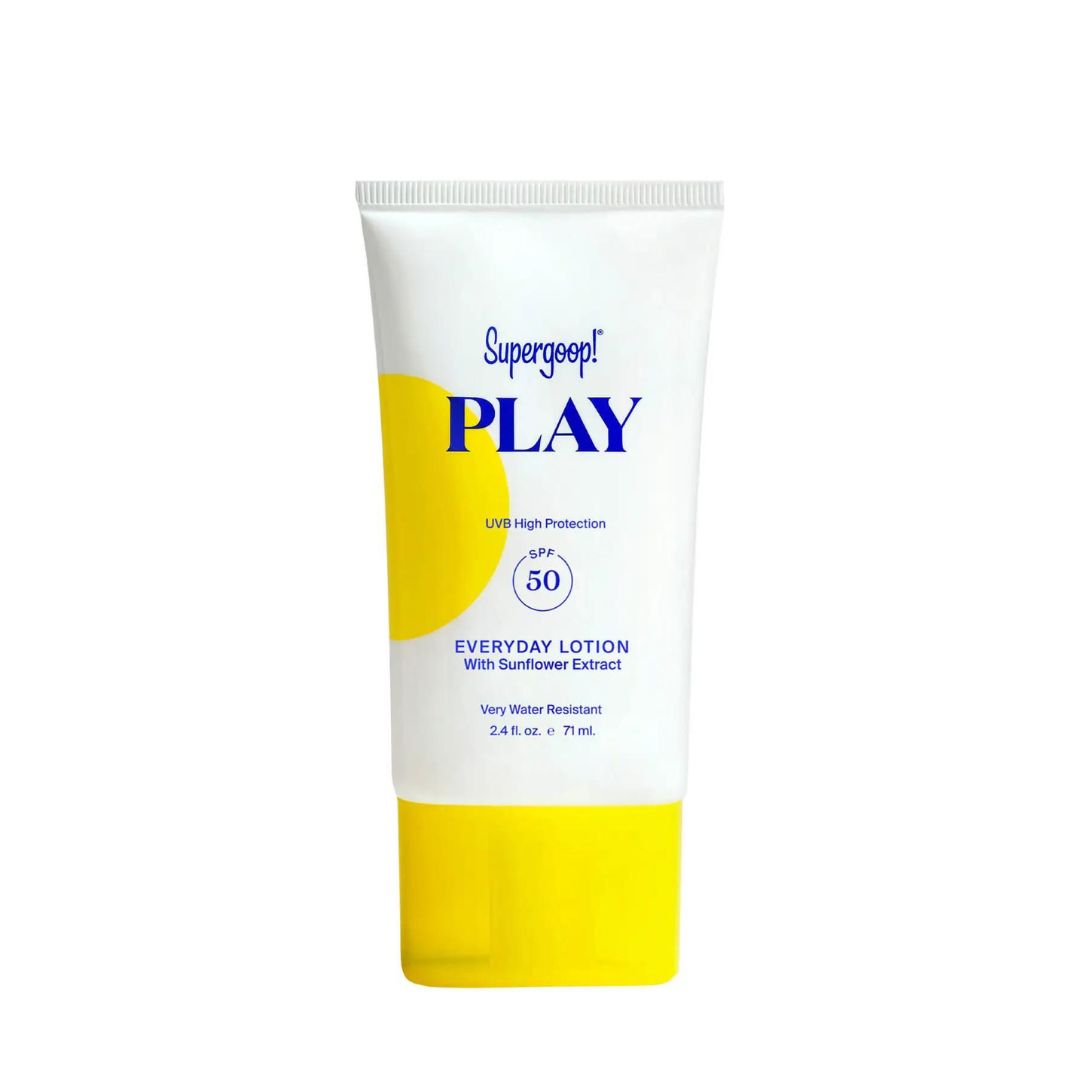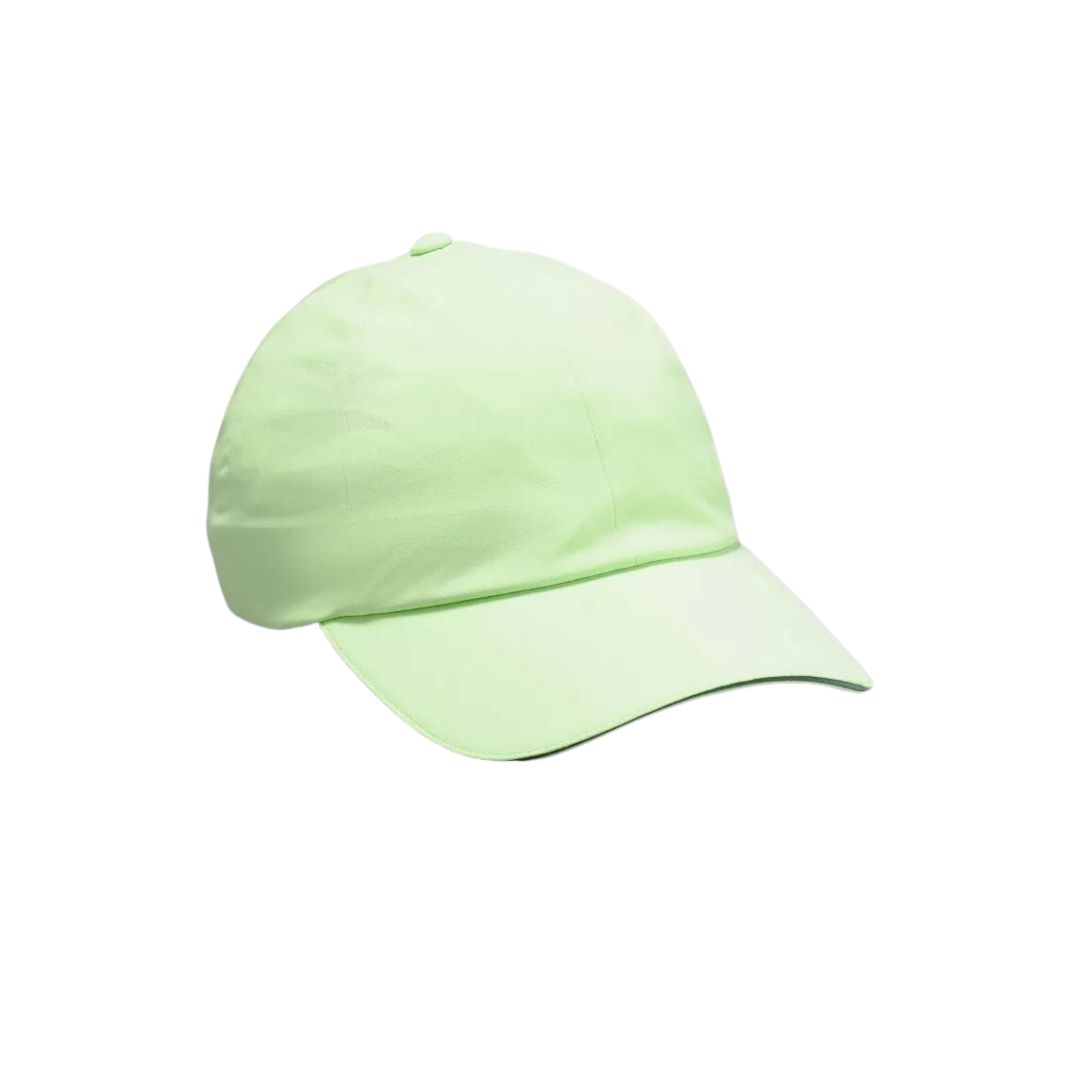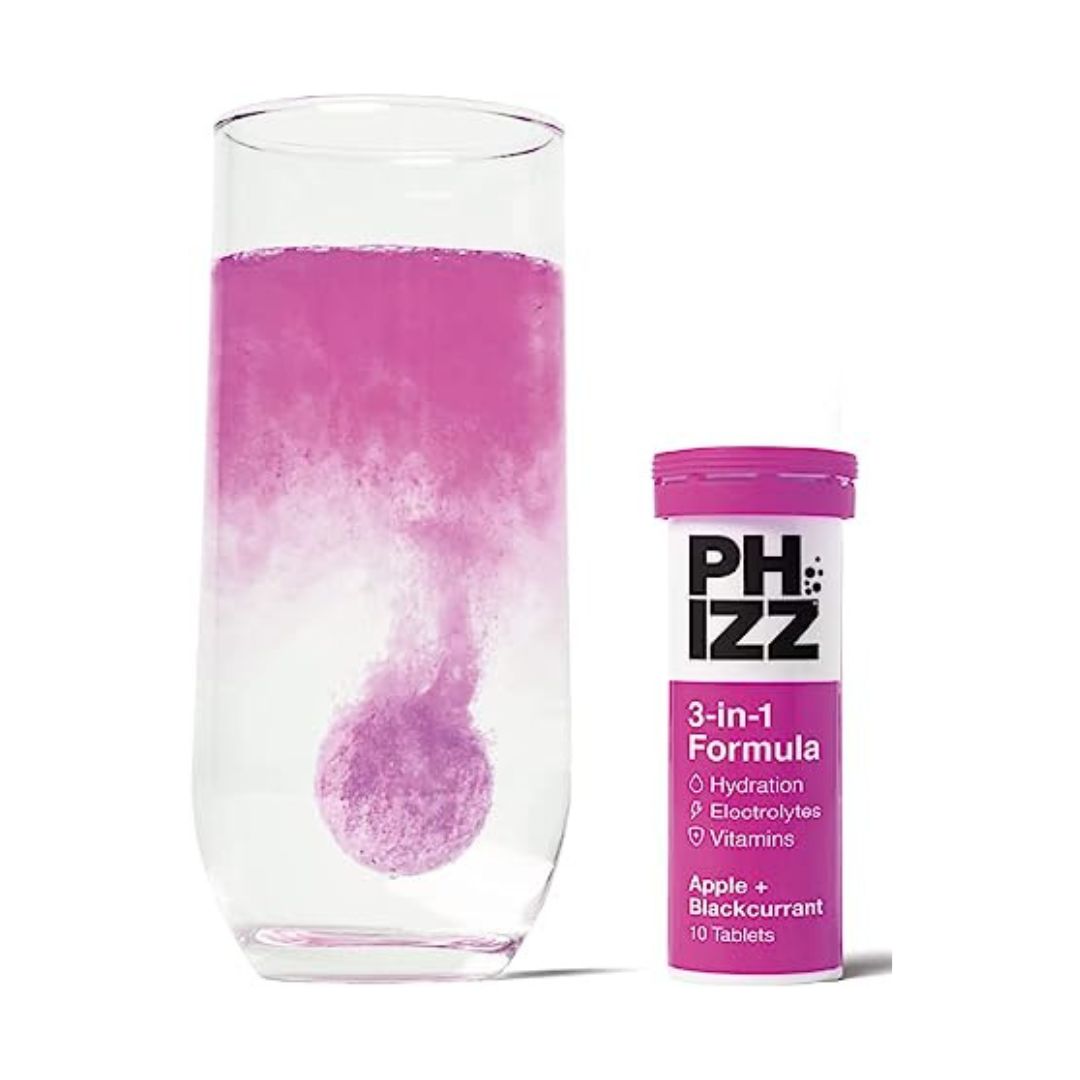Considering running in the heat? Your need-to-knows, plus how to gauge when it's not safe
Should you lace up? Shouldn't you?
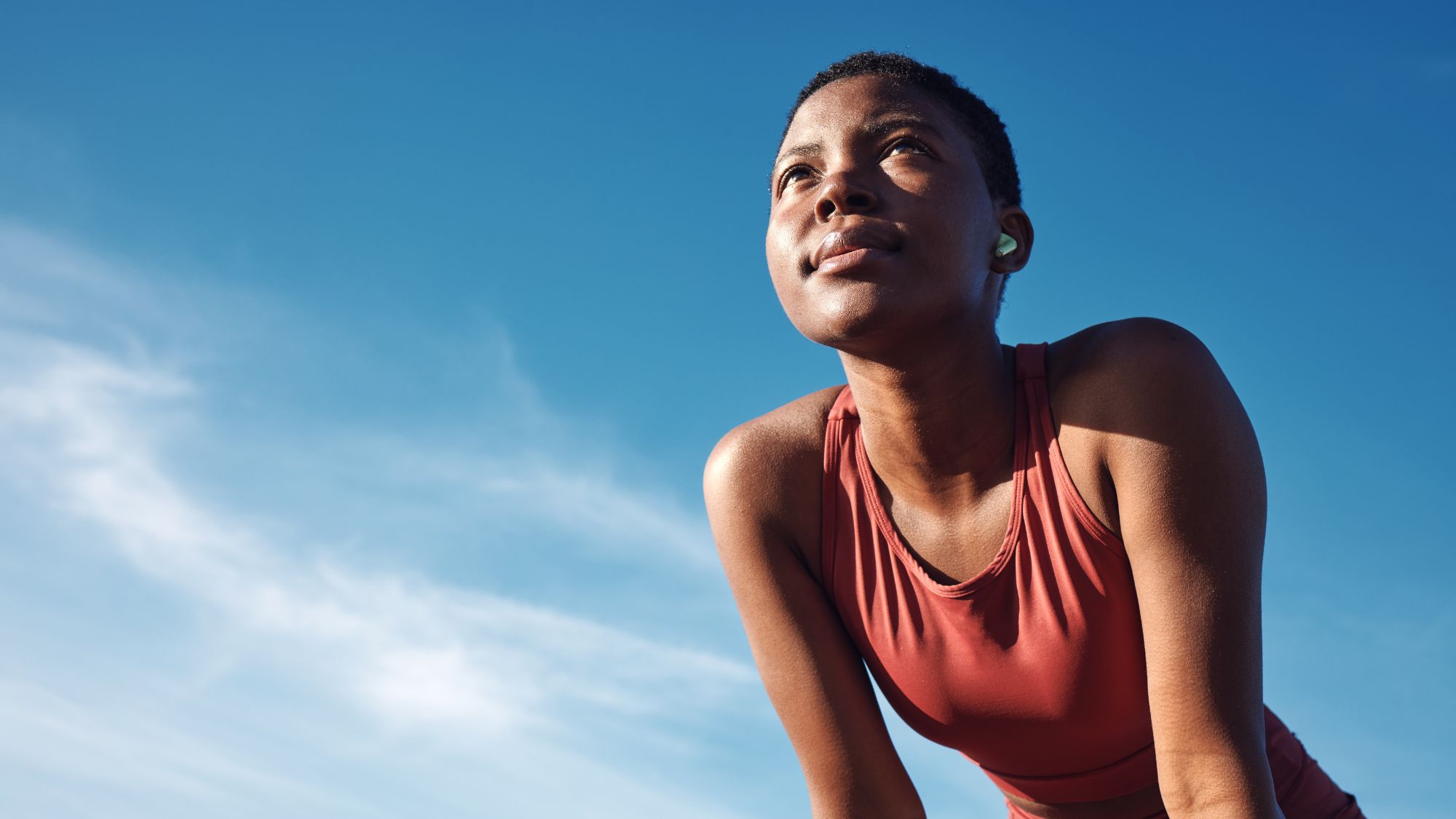
Public service announcement: it's hot out, with temperatures looking set to hit 30 degrees in certain parts of the UK this weekend. Considering running in the heat or getting any kind of workout in? We reckon you should read this first.
A stark (and sweaty) reminder of the impending climate change we're facing, this weekend's heatwave might have caught some by surprise (the weather app really couldn't make its mind up, could it?). If you're still considering lacing up and working out outside, it's worth what the experts have to say about attempting to hit your mileage when it's scorching outside.
We've picked the brains of Christian Allen, an expert at Runners Need. He studied Sport and Exercise Science at St Mary's University and has plenty of thoughts (and tips) for running in the heat. Don't miss our guides to the benefits of running, running tips for beginners, and training tips for a marathon, while you're here.
Running in the heat: your expert-led guide
Fun fact: did you know that a temperature difference of just 5°C can alter your running pace by up to three per cent? the extra 10 degrees or so we're experiencing during this weather could impact your running pace by a huge 9 per cent.
Still keen to run outdoors? Allen's tips will help you avoid illness.
1. Take it extra easy
First things first: don't go out pushing the pace if the weather's hotter than usual. You'll likely end up feeling nauseous.
"To make sure that doesn’t happen, take it extra easy and don't test your limits," advises the expert.
Marie Claire Newsletter
Celebrity news, beauty, fashion advice, and fascinating features, delivered straight to your inbox!
That means taking at least 30 seconds per mile or km off your usual pace. Trust us on this one.
2. Be mindful of your shoe choice
You likely won't have thought of this one, but Allen maintains that it's important. "Your shoes are your most important piece of kit, no matter what time of year it is, but this is especially important when running during the heat," he explains.
Why? Well, shoes that are too tight will constrict your feet and result in blisters, only exacerbated in hot weather. Similarly, making sure that your running shoes are made of breathable fabrics is important. Allen advises opting for shoes with mesh vents on top to boost airflow, too, to keep your feet from overheating.
Our tried and tested round-up of the best running trainers might help.
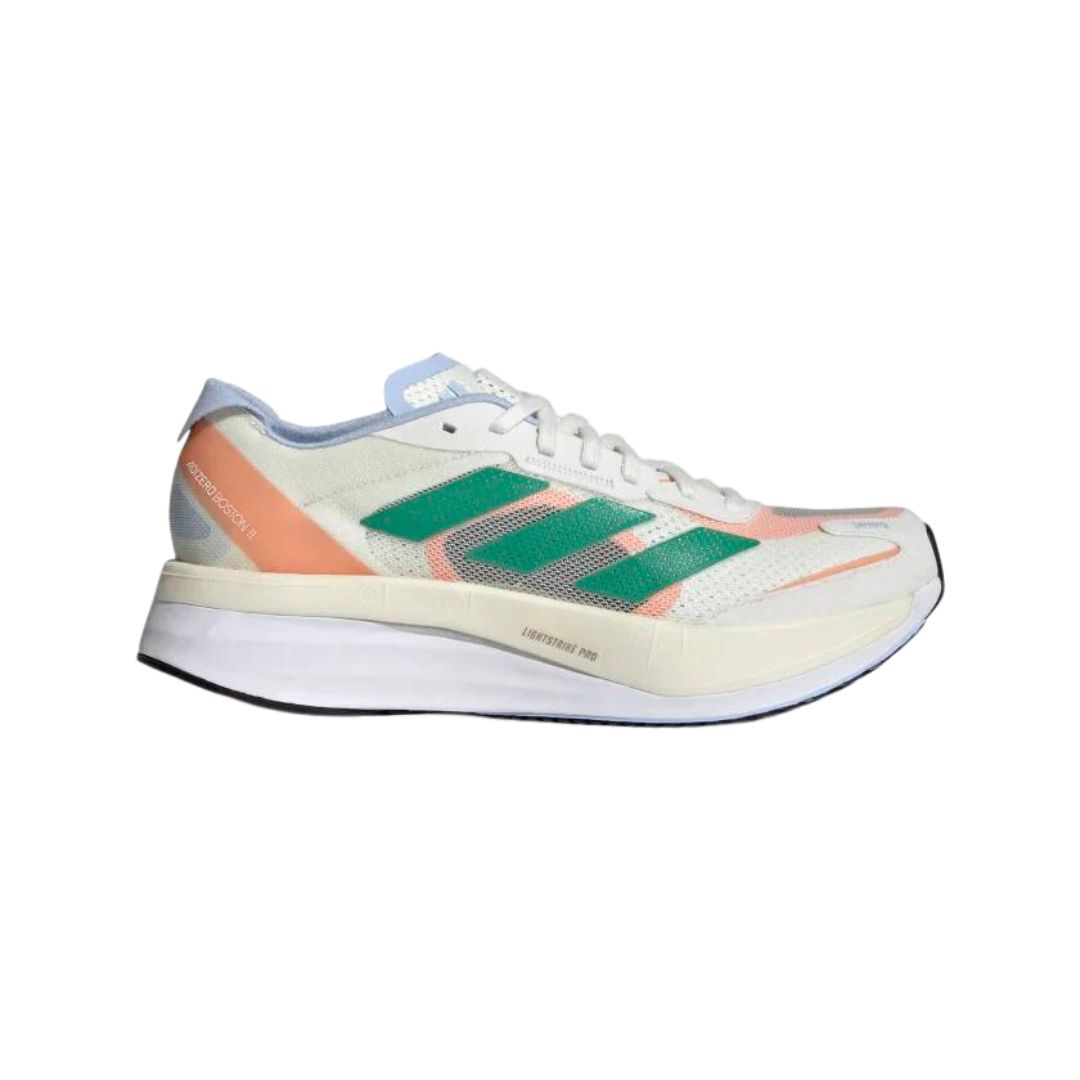
These ventilated carbon-plate trainers are a dream to run in - light, propulsive, and easy to slip on. Do size up half a size in case as they run small and you want to leave space for swelling.
3. Don't wear thick socks
Obvious but important, as socks are another key factor for preventing any pain or blisters when running.
"Wearing technical socks designed specifically for running will reduce your chances of soreness and rubbing, especially in high temperatures," explains the expert. "Running socks are made from sweat-wicking material that pulls the sweat away from the skin – well worth the investment during hotter months."
4. Avoid cotton
FYI, when it comes to running clothes, cotton is a big no-no, shares Allen. "Not only does the material trap heat, hindering your body’s ability to cool down, it also soaks up sweat, keeping the moisture against your skin and increasing the chance of chafing," he warns. (Chafe creams at the ready).
Instead, he advises look for kit that has:
- Mesh ventilation for airflow
- Seamless construction to avoid rubbing
- UV protection to shield skin from the sun’s rays.
He also adds that, while it might seem counter-intuitive, long-sleeved and ankle-length base layers can be beneficial for running in the sun. Why? Because "the moisture-wicking material takes the sweat away from your skin, as well as protecting your skin from UV rays."
Do note, though: it's advisable to avoid dark colours as they absorb the sun’s heat more easily. "Instead, opt for light colours – especially white – as they reflect the light and keep you cooler," he recommends.
5. Hydrate, hydrate, hydrate
This one's important. "Whether it’s a handheld water bottle, a hydration belt that fits around your waist, or a hydration pouch that sits in your running backpack, it's key to stay hydrated on your run," he shares. "This is particularly important when running during the heat as your body sweats to keep you cool, meaning you lose a considerable amount of water."
A post shared by Dr Hazel Wallace BSc MSc MBBCh (@thefoodmedic)
A photo posted by on
6. Replace your electrolytes
On that note: if you’re running for more than an hour or training for big events, it’s important that you drink more than just water to replace fuel and electrolytes. "This can be in the form of sports drinks or hydration tablets and gels," he shares.
7. Plan your route
Planning on just heading out and seeing where your feet take you? Don't.
"It’s key to make sure you plan your running route or do one that you already know so that you can pick up some more water on the way if needed. It’s always best to be prepared - even more so in the heat," Allen advises.
Our round up of the best running apps might come in handy, here.
8. Wear lots of sun cream
It's always important to protect your skin from the sun, and this is extra important if you’re heading out for a run.
Also note: sure, you might not be going for a dip, but waterproof nsunscreen is essential. "As your body sweats, non-waterproof sunscreen will wash away, not only irritating your eyes but also washing away SPF protection," the expert explains.
Read our guides to the best facial sunscreen and best suncream here.
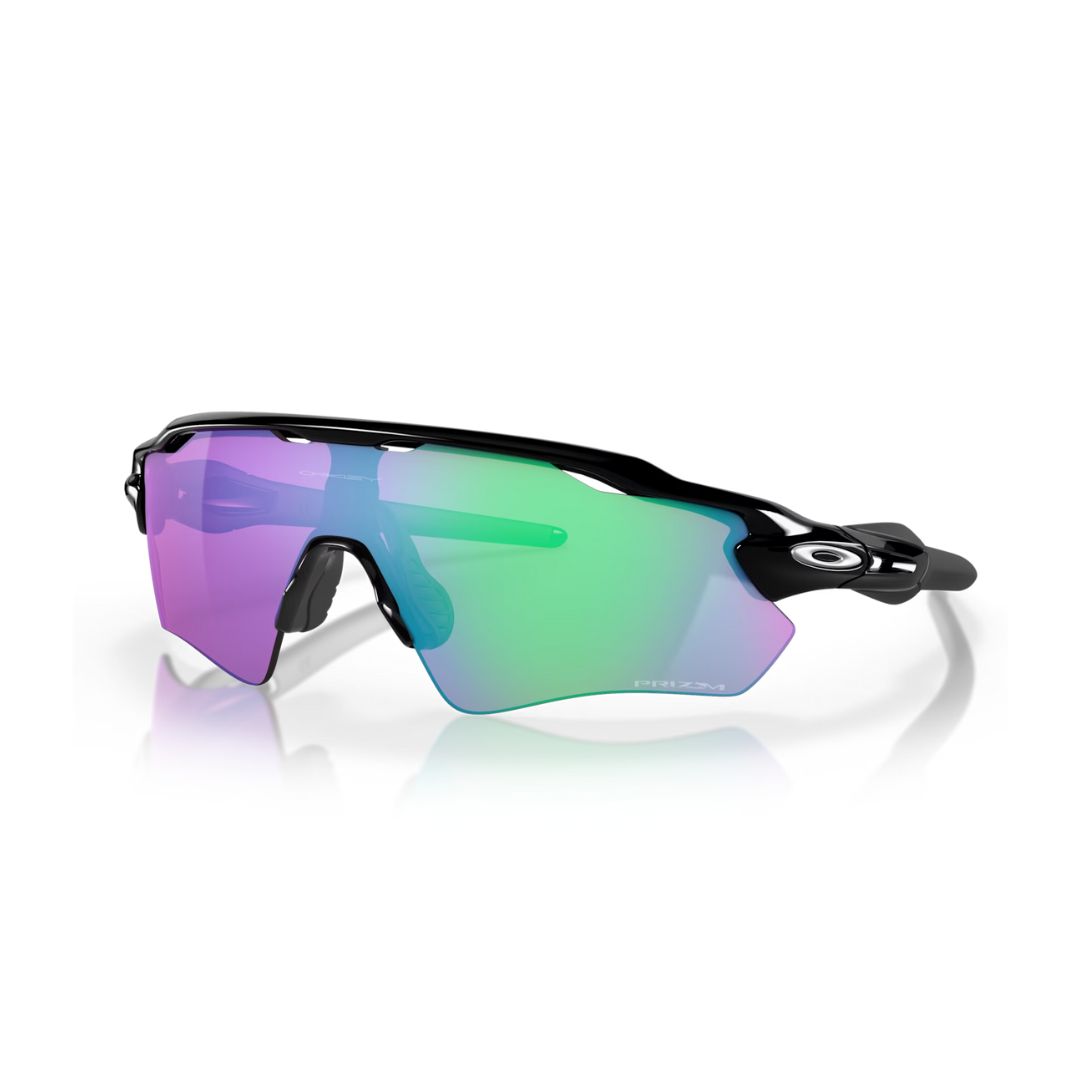
An investment, but these have quickly become my go-to running glasses. They're lightweight and actually protect your eyes, unlike other competitors on the market.
9. Don't forget sun-shielding accessories
Make sure you've got the right kit to protect both your eyes and face from the sun.
For sunglasses, top tip: make sure they have UV protection and look for extra grip around the nose (to stop them from sliding down in the heat), too.
Sports caps are great not only for keeping the sun out of your face but reducing sweat from trickling into your eyes, too. When it comes to picking one for your runs with all summer running gear, look for mesh panelling for extra breathability, advises Allen.
10. Listen to your body
And finally, trust your gut - if you're not comfortable running in this heat, don't. If you think you are but feel light-headed, nauseous or at all different to normal mid-run, rest in the shade for a while and then walk home. Missing a run doesn't matter, but making yourself sick does.
Look at it this way: if you go out and give yourself heatstroke, you won't be able to train for a week or so, which will impact your fitness more than skipping one run.
Decide to skip your run altogether? Why not head to the air-con gym and try a strength training for running session, instead. Or, you know, rest...
Is it safe to run in 25 degree weather?
Keep in mind that exposure to the sun for prolonged periods of time can lead to heatstroke, dehydration, sunstroke and more. You might not think about being in the sun when you're out running, but it's worth keeping in mind.
As a result, Olympic run coach Andy Hobdell doesn't advise running in seriously high temperatures above 25 degrees. If you're acclimatised to it, go ahead, but if not, a treadmill may be a safer bet. "Running in temperatures this hot when you're not acclimatised is a bad idea. If you're set on it, aim for pre-9am or get your miles done in an air-conditioned gym," he shares.

Ally Head is Marie Claire UK's Senior Health and Sustainability Editor, nine-time marathoner, and Boston Qualifying runner. Day-to-day, she heads up all strategy for her pillars, working across commissioning, features, and e-commerce, reporting on the latest health updates, writing the must-read wellness content, and rounding up the genuinely sustainable and squat-proof gym leggings worth *adding to basket*. She also spearheads the brand's annual Women in Sport covers, interviewing and shooting the likes of Mary Earps, Millie Bright, Daryll Neita, and Lavaia Nielsen. She's won a BSME for her sustainability work, regularly hosts panels and presents for events like the Sustainability Awards, and is a stickler for a strong stat, too, seeing over nine million total impressions on the January 2023 Wellness Issue she oversaw. Follow Ally on Instagram for more or get in touch.

